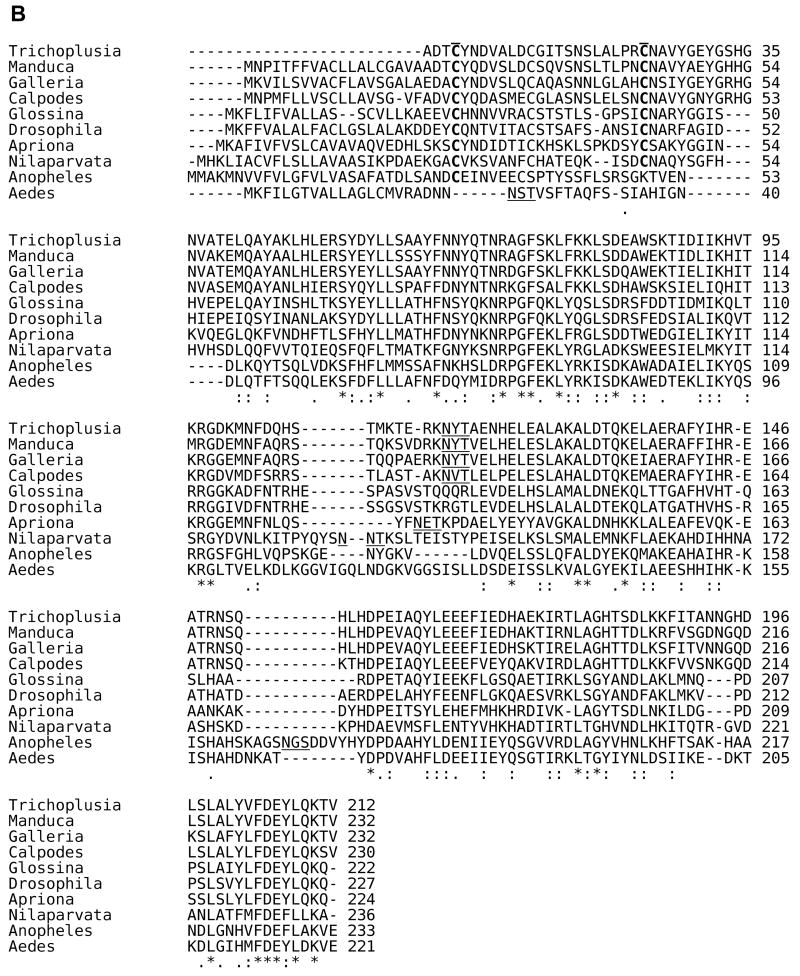Fig. 1. Amino acid sequence alignment for insect HCH and LCH subunits.
The signal sequences for both the HCH and LCH T. ni subunits are removed to maintain the same numerical assignments as cited in the original structural work [31]. * = identical residues; : = conserved residues; . = semi-conserved residues. The sequence alignments were performed using Clustal 2.0.11 multiple sequence alignment at http://www.ebi.ac.uk/Tools/clustalw2/index.html with known insect HCH and LCH sequences deposited at the National Center for Biotechnology Information (http://www.ncbi.nlm.nih.gov/). A. Sequence alignment for insect HCH subunits. C residues involved in inter- and intrasubunit disulside bonds are bolded and overlined; amino acid residues in ferroxidase center are italicized; amino acid residues engaged in the salt bridges and pi-cation interactions are shaded in grey. Sequences are from Manduca sexta (hawkmoth, Lepidoptera) [19], Calpodes ethlius (skipper butterfly, Lepidoptera) [21], Galleria mellonella (wax moth, Lepidoptera) [23], Nilaparvata lugens (plant hopper, Hemiptera) [22], Aedes aegypti (yellow fever mosquito, Diptera) [18], Drosophila melanogaster (fruit fly, Diptera) [20], Anopheles gambiae (malaria mosquito, Diptera) [80], Apriona germari (long horned beetle, Coleoptera) [24], Leptinotarsa decemlineata (Colorado potato beetle, Coleoptera [25], Glossina morsitans morsitans (tsetse fly, Diptera) [15], Bombus ignitus (bumble bee, Hymenoptera), [16, 17] and Trichoplusia ni (cabbage looper, Lepidoptera) [31]. B. Sequence alignment for insect LCH subunits. C residues and amino acid residues engaged in the salt bridges and pi-cation interactions are represented as described in (A). Putative N-glycosylation sites (N-X-S/T) are underlined. LCH subunit sequences are from the same species and references cited above; no LCH sequence was reported for B. ignitus.


